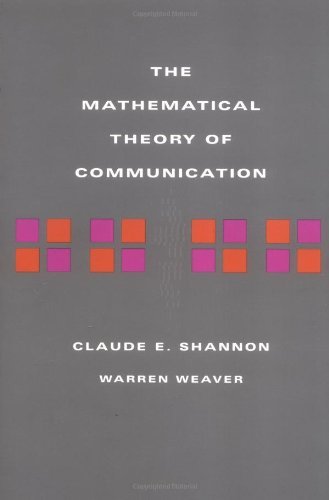What do you think?
Rate this book


Unknown Binding
First published January 1, 1949
The thin, white-haired man [Shannon, 40 years after publishing The Mathematical Theory of Communication] had spent hours wandering in and out of meetings at the International Information Theory Symposium in Brighton, England, before the rumors of his identity began to proliferate. At first the autograph seekers came in a trickle, and then they clogged hallways in long lines. At the evening banquet, the symposium's chairman took the microphone to announce that 'one of the greatest scientific minds of our time' was in attendance and would share a few words, but once he arrived on stage, the thin, white-haired man could not make himself heard over the peals of applause.
And then finally, when the noise had died down: 'This is... ridiculous!' Lacking more to say, he removed three balls from his pocket and began to juggle.
After it was over, someone asked the chairman to put into perspective what had just happened. 'It was', he said, 'as if Newton had showed up at a physics conference.'